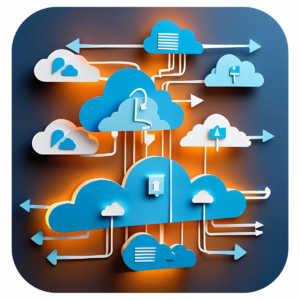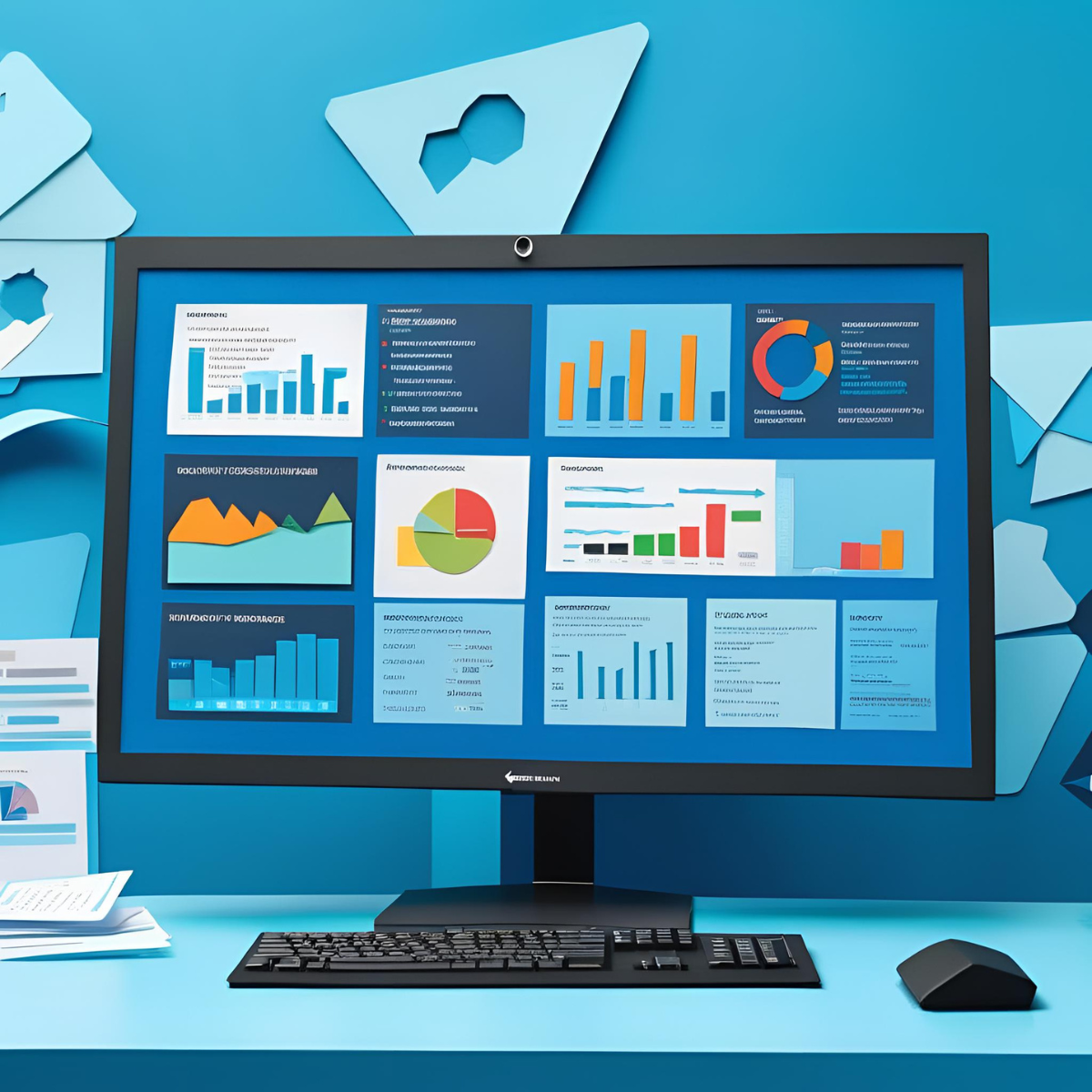In today’s cyber threat landscape, fragmented security strategies are no longer sufficient. With increasingly sophisticated attacks, regulatory pressure, and complex digital ecosystems, businesses—especially SMBs and mid-market enterprises—need a holistic approach to cybersecurity. That’s where end-to-end security platforms come in.
From proactive monitoring and threat prevention to data backup and disaster recovery, integrated security solutions offer a streamlined and powerful defense. Here’s why adopting an all-in-one security platform is quickly becoming a best practice for businesses in 2025.
Comprehensive Visibility Across the Entire Environment
One of the key challenges in managing security with disparate tools is the lack of unified visibility. End-to-end platforms consolidate data from endpoints, networks, applications, cloud environments, and users into a single pane of glass. This helps IT and security teams:
- Detect threats faster
- Correlate activity across systems
- Identify patterns that would otherwise go unnoticed
Whether you’re defending against ransomware, insider threats, or phishing campaigns, unified visibility significantly improves situational awareness.
Proactive Threat Prevention and Real-Time Monitoring
Integrated platforms typically include next-gen firewalls, endpoint detection and response (EDR), and behavioral analytics. These features allow organizations to:
- Monitor traffic and user activity in real time
- Identify suspicious behavior before damage occurs
- Block threats proactively with automated response mechanisms
For example, platforms like Microsoft Defender for Business, Sophos Central, and SentinelOne offer AI-driven threat detection with automated remediation—essential for businesses without large security teams.
Built-In Backup and Rapid Recovery Capabilities
Security isn’t just about stopping attacks—it’s also about business continuity. Modern end-to-end platforms often incorporate automated backup and disaster recovery (DR) solutions. This means:
- Critical systems and data can be restored quickly after an incident
- Businesses minimize downtime and avoid costly interruptions
- Ransomware recovery becomes faster and more reliable
Some platforms also include immutable backups, which cannot be altered or deleted by attackers, adding an additional layer of resilience.
Cost Efficiency and Simplicity
Purchasing and managing multiple point solutions is both expensive and complex. A unified security platform reduces:
- Software licensing costs
- Vendor management overhead
- Time spent integrating and maintaining various tools
With everything managed from a single dashboard, IT teams spend less time jumping between interfaces and more time focused on proactive strategy.
Better Compliance and Risk Management
Industries like finance, healthcare, and legal face strict compliance requirements (e.g., HIPAA, GDPR, ISO 27001). End-to-end platforms simplify compliance by:
- Providing built-in auditing, reporting, and data loss prevention (DLP)
- Centralizing policy enforcement and logging
- Ensuring consistent protection across users, apps, and devices
Having everything in one system makes it easier to demonstrate compliance and pass security assessments.

Potential Drawbacks to Consider
While unified platforms offer numerous advantages, they also come with considerations:
- Vendor lock-in: Relying on a single vendor may limit flexibility or customization.
- Upfront investment: Some platforms come with higher initial costs, though these are often offset by long-term savings.
- Overkill for small teams: Businesses with very basic needs may not require the full breadth of features offered.
However, for most mid-sized businesses and growing SMBs, the benefits far outweigh the drawbacks.

